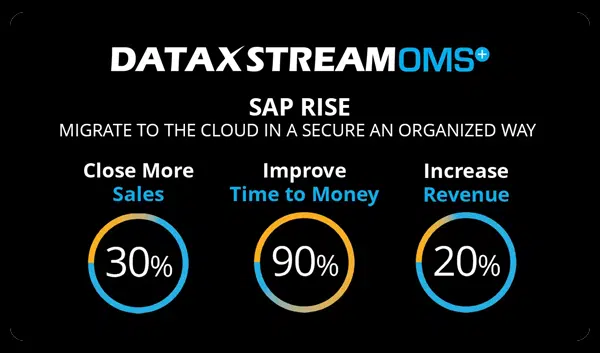When I think of my local municipalities county offices I think of a row of brick buildings; one in which I can register to vote or change my registration, one that houses the clerk’s office where I went to apply for a business license, and lastly the treasurer’s office where I stood in a separate line to pay for said business license. Most citizens have been to the county office for a variety of reasons, whether to pay for a dog license, purchase tickets to access the city dump, buy a fishing license, pay taxes or water bills, or any number of small daily interactions. Many of us associate tediousness and lines with the county offices.
Several years ago, DataXstream was approached to modify our product OMS+ Point of Sale for municipalities. To begin the process the team did a reverse demo with the city and determined that municipalities run like large umbrella corporations comprised of dozens of small businesses. Many of these sub-organizations meet very specific needs within the municipality and have operational systems designed to meet their specific needs. All of these unique systems are then cobbled together to create the municipality’s operating system. This approach creates redundancies in hardware needs and support needs. Expenses are incurred as many unique systems require specific hardware which can only be purchased by a select group of small vendors, each with their own specific maintenance needs.
Human Resource problems are created as support teams gather specific knowledge about the many systems over time making the replacement of retiring employees difficult. With the current system in place, training users is unique to each specific system and makes it difficult for clerks from one office to help another in times of sickness or family leave. Finally, the DataXstream team found that many sectors practiced manual integration. This means that the data was collected on spreadsheets and was then manually entered into the municipality operating system. This method is vulnerable to data entry error, tedious and inefficient and means that all data in the system is a week old.
By using OMS+ Public Sector Point of Service, a municipality can alleviate many pain points and inefficiencies. A key benefit of OMS+ is that it is a solution that offers the flexibility to meet the needs of each aspect of the organization. OMS+ can be configured to allow permissions for users to see as many or as few areas as the organization needs. It offers the opportunity to look up customers a number of ways; by name, by property or any other method that your organization deems efficient for the user. Training for OMS+ is simple and takes only a few hours. DataXstream has seen new users ready to make transactions in the system the same day they begin training. Having one system allows for users to be cross trained to ensure business continuity should a team member be out for vacation, sick days, or extended leave.
OMS+ was designed to offer flexible payment options. Not only does OMS+ support the sale of goods and services, it can aggregate and accept payment and multiple forms of tender on a single customer transaction. Forms and permits can be built, captured and maintained in your point of service with direct links to funding transactions. This offers efficiency as well as a simplified customer experience.
OMS+ can also be used on any device. This alleviates the need to purchase specific hardware for the solution. It is cloud based which means that hardware such as servers are no longer required. By taking hardware, space for the hardware and support and maintenance for the hardware out of the equation, municipalities see immediate savings.
Many civic organizations are hampered by their specialized systems. The cost of upgrade and upkeep inhibit their ability to take advantage of current trends in modern system processing. By moving the organization to one system, municipalities can create an efficient system that benefits their customers, their employees and that is fiscally responsible.




